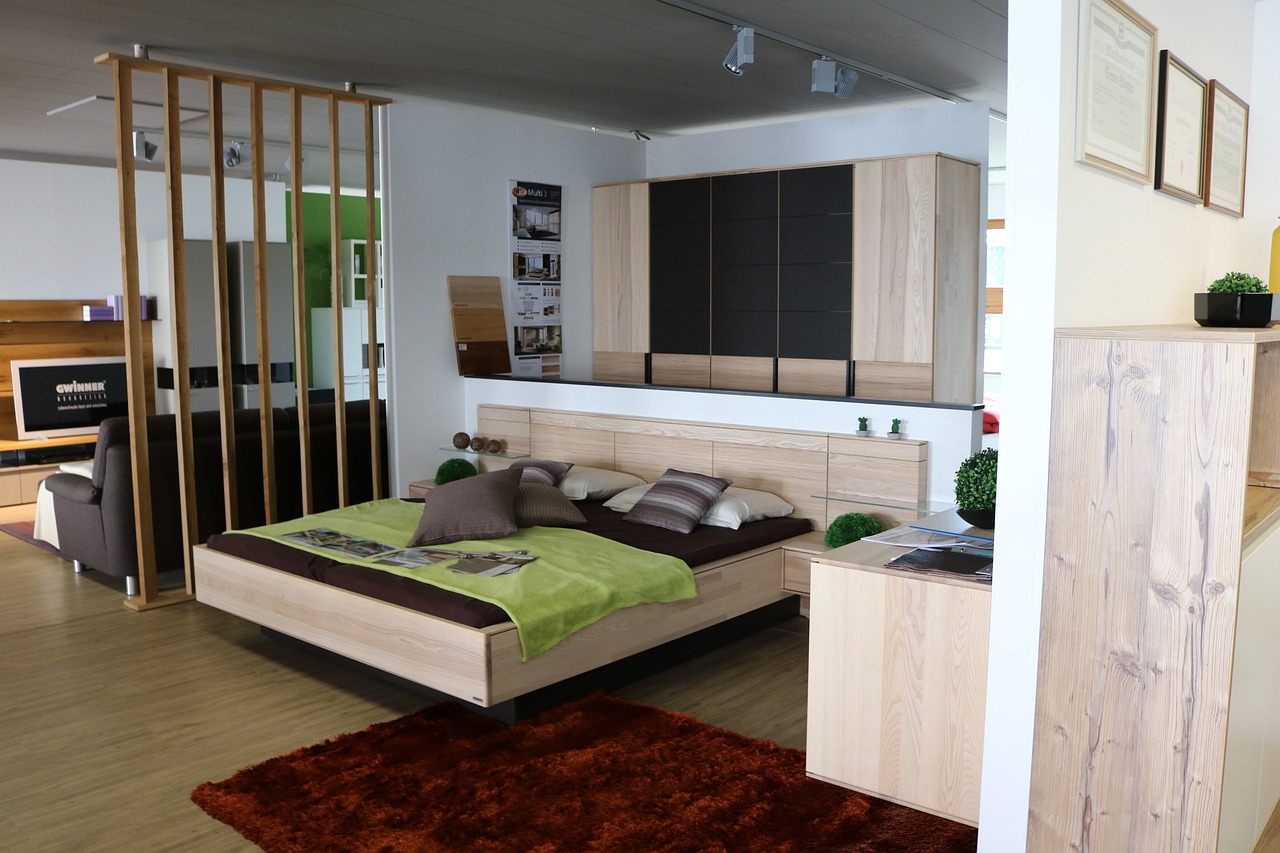Essential Guide to Choosing the Perfect Bedroom Dresser
Selecting the right dresser for your bedroom involves more than just finding storage space. From understanding your specific storage requirements to choosing materials that complement your décor, the perfect dresser combines functionality with style. This comprehensive guide explores the key considerations that will help you make an informed decision, whether you're furnishing a spacious master bedroom or maximizing storage in a compact living space.

Essential Guide to Choosing the Perfect Bedroom Dresser
A well-chosen dresser serves as both a practical storage solution and a design anchor in your bedroom. Beyond simply holding your clothes, the right dresser can enhance your room’s aesthetic while providing organized storage that makes your daily routine more efficient. Understanding the various factors that influence this important furniture choice will ensure you select a piece that serves you well for years to come.
What Size and Layout Considerations Matter Most?
The foundation of selecting a functional dresser begins with understanding your space and storage requirements. Measure your available floor space carefully, accounting for drawer clearance and walking paths around the furniture. Standard dressers range from 30 to 70 inches wide, with heights typically between 30 to 36 inches. Consider your ceiling height as well, especially if you plan to place items or mirrors on top.
Storage needs vary significantly between individuals and households. Count your clothing items by category to determine how many drawers you need and what sizes work best. Deep drawers accommodate bulky items like sweaters and jeans, while shallow drawers work well for undergarments and accessories. Some dressers feature a combination of drawer sizes to maximize versatility.
Which Materials and Finishes Offer the Best Durability?
Material choices significantly impact both the longevity and appearance of your dresser. Solid wood construction, particularly hardwoods like oak, maple, or cherry, provides exceptional durability and can last generations with proper care. These materials develop character over time and can be refinished if needed.
Engineered wood products like plywood or MDF offer more affordable alternatives while still providing good stability. Look for pieces with solid wood fronts and quality hardware. Avoid particle board construction for long-term use, as it tends to sag and wear poorly over time.
Finish options range from natural wood stains that highlight grain patterns to painted surfaces that offer color flexibility. Consider your lifestyle when choosing finishes – darker stains hide scratches better, while lighter finishes can make rooms appear larger and brighter.
How Can Small Bedrooms Maximize Storage Efficiency?
Space-saving dresser designs offer creative solutions for compact living situations. Tall, narrow dressers utilize vertical space effectively while maintaining a smaller footprint. These vertical designs work particularly well in corners or alongside beds in tight quarters.
Multifunctional pieces serve double duty in small spaces. Dresser and mirror combinations eliminate the need for separate furniture pieces, while some designs incorporate jewelry storage or charging stations. Consider dressers with built-in organizers or adjustable dividers that maximize drawer space efficiency.
Wall-mounted or floating dresser designs create the illusion of more floor space while providing necessary storage. These modern solutions work especially well in minimalist bedrooms where clean lines and uncluttered surfaces are priorities.
How Do You Match Dresser Styles with Existing Décor?
Successful furniture coordination involves understanding both your existing pieces and your overall design goals. Traditional bedroom furniture often features ornate details, curved lines, and rich wood tones that pair well with classic dresser designs. Modern and contemporary spaces typically benefit from clean-lined pieces with minimal hardware and sleek finishes.
Color coordination plays a crucial role in creating cohesive bedroom designs. While exact wood matching isn’t necessary, complementary tones create visual harmony. Mixed materials can work beautifully when unified by consistent color palettes or design elements.
Consider the scale relationship between your dresser and other bedroom furniture. A massive dresser can overwhelm a delicate bed frame, while a tiny dresser might appear lost next to substantial furniture pieces. Aim for proportional balance that creates visual stability.
What Modern Trends Are Shaping Dresser Design?
Contemporary dresser design increasingly emphasizes sustainability and multifunctionality. Manufacturers are incorporating reclaimed wood, bamboo, and other eco-friendly materials into their designs. These sustainable options often feature unique character marks and grain patterns that add visual interest.
Smart storage solutions reflect modern lifestyle needs. Built-in USB ports, LED lighting, and soft-close drawer mechanisms represent technological integration in furniture design. Some contemporary pieces feature modular components that allow customization as needs change.
Minimalist design principles continue influencing dresser aesthetics, with clean lines, hidden hardware, and neutral color palettes dominating current trends. These timeless approaches ensure your furniture investment remains stylistically relevant for years to come.
| Dresser Type | Price Range | Key Features |
|---|---|---|
| Basic Particle Board | $100-$300 | Affordable, lightweight, limited durability |
| Mid-Range Engineered Wood | $300-$800 | Good stability, variety of finishes, moderate longevity |
| Solid Wood Traditional | $800-$2000 | Excellent durability, refinishable, classic styling |
| Modern Multifunctional | $600-$1500 | Space-saving features, contemporary design, tech integration |
| High-End Custom | $2000+ | Premium materials, custom sizing, unique design elements |
Prices, rates, or cost estimates mentioned in this article are based on the latest available information but may change over time. Independent research is advised before making financial decisions.
Choosing the right dresser requires balancing practical needs with aesthetic preferences and budget considerations. By carefully evaluating your space, storage requirements, and design goals, you can select a piece that enhances both the functionality and beauty of your bedroom. Remember that quality construction and timeless design often provide better long-term value than trendy pieces that may quickly become outdated. Take time to research options thoroughly and consider how your choice will serve your needs both now and in the future.




